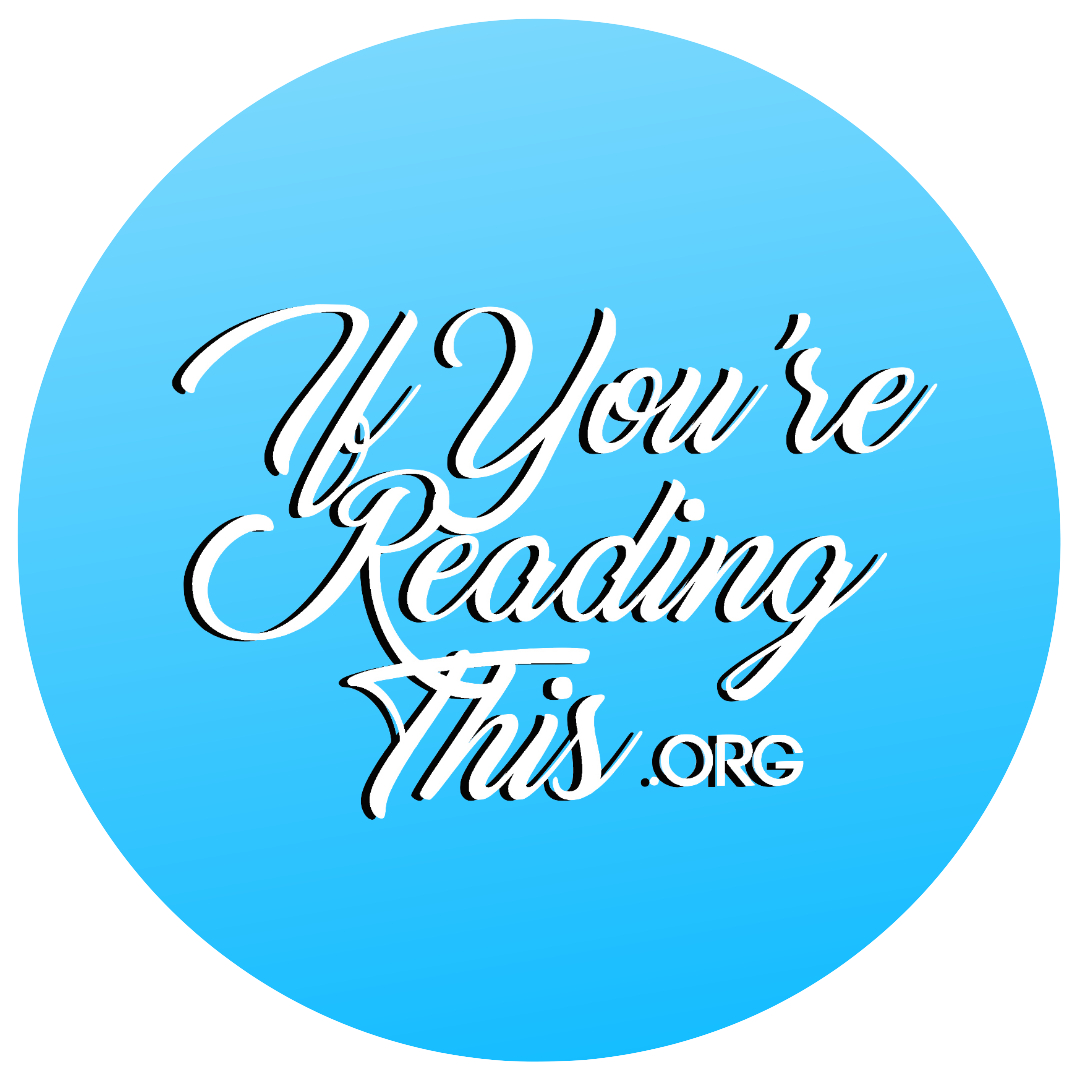If you’re reading this, live on your own terms.
Mascara runs down my face as I pull on my leggings in the late-afternoon locker room. Thank goodness I’m alone. I have just come from the lab and need a moment to process. We just cut them. In half. I can still hear the sound of the scalpel piercing flesh and exoskeleton. Like their lives were worthless, ours for the taking. The crayfish’s twitching tail flashes through my mind. Their neurons were still firing. I sob again. I lace up my shoes, wash my face, and head to track practice. I’m grateful for the fast and gritty workout, for the way the fire in my legs and lungs takes my mind off of things.
This is not an isolated incident, because for me, to witness pain is to feel it absolutely. To see roadkill is to imagine the moment the animal was hit and remember it for days. To read about an oil spill is to envision a mother duck, struggling to ruffle her feathers. To overhear a nasty rumor is to feel my own insides curdle and hope that both the giver and receiver are okay. This sensitivity is physical, too: bright lights, repetitive noises, uncomfortable fabrics, and the scents of perfumes and colognes cause me heightened discomfort. The clinking of forks in the dining hall, the beeping of the shuttle when it backs up, and the feeling of walking with an inside-out sock are all daily experiences that cause my chest to tighten and my mind to run amok in an anxious state of fight-or-flight.
Despite its burdens, this high sensitivity is also an incredible gift. I feel so lucky to perpetually absorb the wonder of the world we live in. To watch a bright autumn leaf tumble off a branch is to feel its freedom, and to remember that I, too, am carried by the wind. To wave to a friend is to feel immense joy, sheer gratitude for their existence, well up inside me. To step out of my residence hall at sunrise is to feel the energy of a new day course through my body until I’m brimming with excitement. Warm showers, meaningful conversations, good chord progressions, and the scent of vanilla bring me immeasurable peace, and a hug or a well-steeped cup of tea can solve almost any problem. For every moment I wish I could feel numb, there is another that makes me just as grateful for feeling so much.
Learning to thrive as a highly sensitive individual in an ever-more-stimulating world has been, and still is, a process involving a lot of research, personal reflection, and work with mental health professionals. On a daily basis, meditation, sensory check-ins, and grounding exercises help me move through overstimulating situations with greater awareness and clarity. On a broader scale, I’ve become more confident in making decisions that contribute to my mental health, recognizing that I might not feel fulfillment or joy from sensory-rich or unpredictable experiences like going out on weekends and studying abroad. I still find plenty of ways to get out of my comfort zone, especially academically and athletically, and I make sure to be spontaneous once in a while, just for the fun of it. Though choosing more sensory-friendly options might not always yield the most thrilling stories, it makes my daily life one that I am happy and grateful to live, and I couldn’t ask for more than that.
If you’re reading this, live on your own terms. And don’t be afraid to share those terms when the moment arises– the right people will always understand and support you. Whether it’s “I’m staying in, but let’s do brunch tomorrow!” or “that lecture was so sad, can we unpack it for a second?” or “Look! A sweet little bumblebee just landed on that purple flower,” letting people into my internal world– and sharing both the tough and beautiful parts of sensitivity– has been life-changing. I would urge everyone reading this to trust your gut, be open about your strengths and boundaries, and welcome with open arms what you learn about others in the process. This is not a cry for rugged individualism, in fact, it’s the opposite. By making choices authentic to ourselves and allowing others to do the same, we create safe spaces and can find true– not forced– points of intersection from which friendship and community can blossom.
During my track workout on that challenging Monday, I decided that I simply wouldn’t cut a crayfish again. Later that week, I contacted a lab partner and asked if he would be willing to do so for me. When he kindly replied that he would, I breathed a sigh of relief. Together, I thought, we can do this.
Jillian D., Colby College
FOLLOW @IFYOUREREADINGTHISCOLBY TO STAY UP TO DATE ON NEW LETTERS AND EXCITING UPDATES
AUTHOR CONTACT
This author has opted to allow readers who resonate with their story to contact them. If you would like to speak to the author of this letter about their experience, please use the form below.


